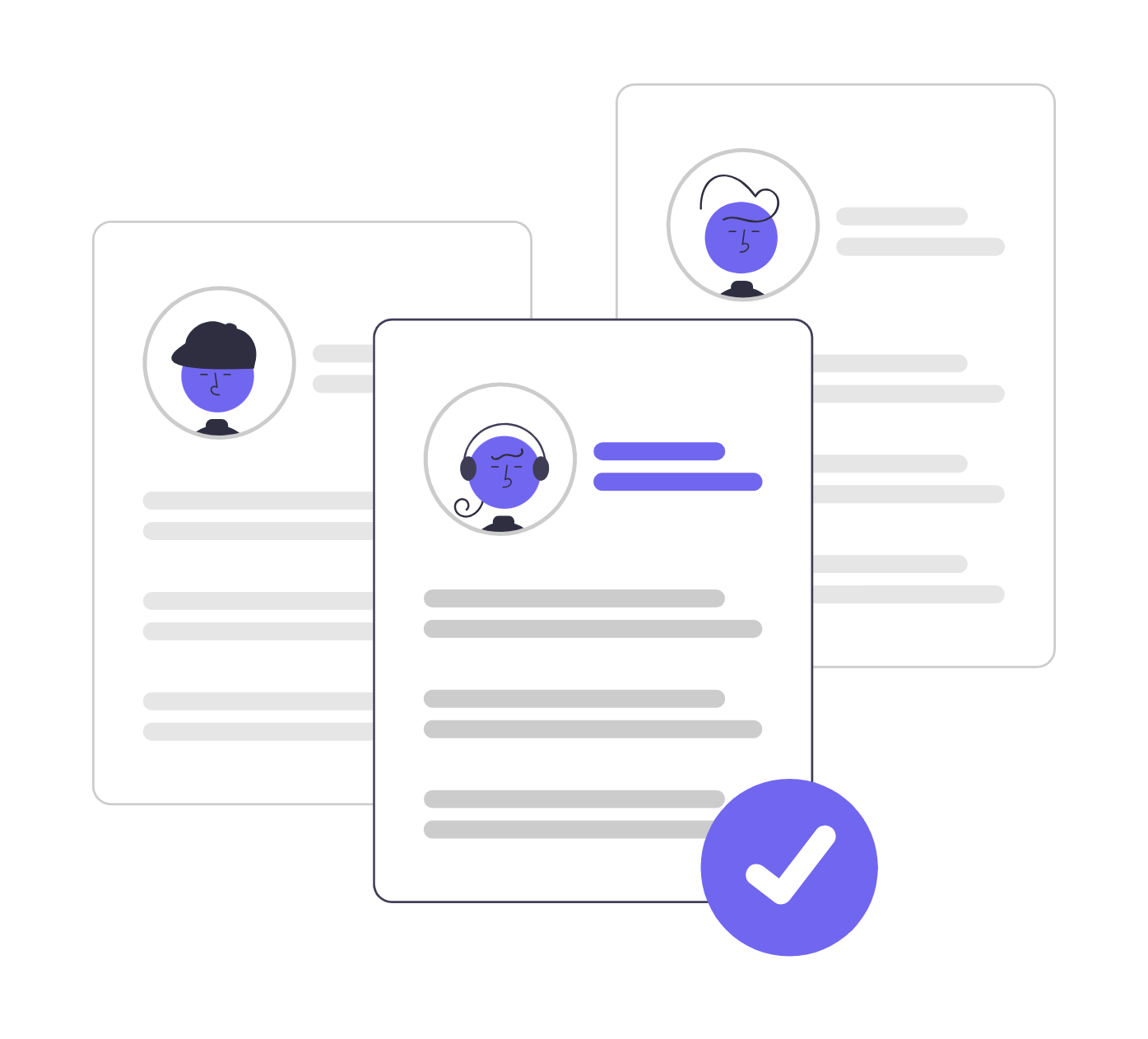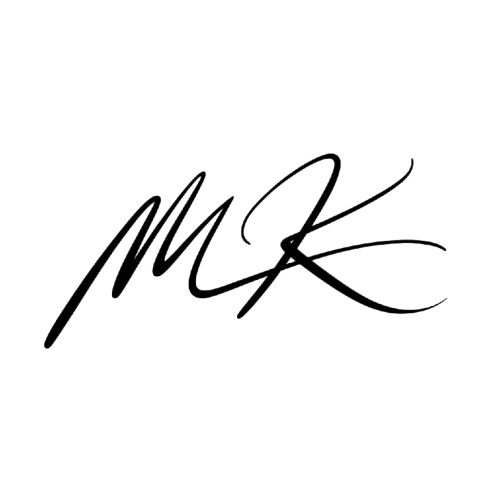Share
Hiring your first employee is one of the most exciting—and nerve-wracking—moments in your entrepreneurial journey. It marks a transition from going it alone to building a team, from doing the work to leading others who help scale your vision.
But let’s be real: hire too early and you risk cash flow problems, management stress, or having someone sit idle. Wait too long, and you could lose clients, burn out, or stall your business entirely.
So how do you know when it’s the right time?
This guide is for founders, solopreneurs, and small business owners who want to hire smarter, not sooner. It’s based on real-world advice from entrepreneurs, proven business principles, and practical signals to help you decide confidently—and hire successfully.
Why Hiring Too Early (or Too Late) Hurts More Than You Think
Hiring at the wrong time isn’t just a harmless misstep. It can have long-term consequences.
- Too early? You might drain your cash reserves, waste time managing instead of growing, or find you don’t have enough work to keep someone busy.
- Too late? You risk turning away clients, dropping the ball on service, missing deadlines, and burning yourself out in the process.
As Neil Patel puts it: “Finding the right moment to hire can make the difference between a failed enterprise and a successful business.”
11 Clear Signs You’re Ready to Hire Your First Employee
Here are the clearest signals it’s time to bring someone on board:
- You’re regularly turning down work
- You’re missing deadlines or letting quality slip
- You’re working nights, weekends, and still falling behind
- Growth has plateaued
- You’re relying too much on freelancers and can’t scale predictably
- You’re slow to respond to customer inquiries
- You’re expanding services or entering a new market
- You need skills you don’t have
- You’re working too many hours without rest
- You’ve hit a ceiling, and can’t take on more clients
You can afford it—and not hiring is now limiting your potential
Workscreen Eliminates low-effort applicants—including those who use AI Tools to apply, copy-paste answers, or rely on "one-click apply." This way, you focus only on genuine, committed, and high-quality candidates—helping you avoid costly hiring mistakes.

But Don’t Hire Yet If You’re Still in These Situations
Not every sign of stress means it’s time to hire. Pause if:
- You’re just overwhelmed today—but you’re not sure about next month.
- You can’t define what the new hire would actually do.
- You’re thinking about “just finding anyone to help.”
- You haven’t written down any repeatable systems or tasks.
- You’re unsure about the return a new hire would provide.
In these cases, hiring could create more confusion than relief.
The Smartest Way to Ease Into Hiring Without Regret
Before jumping into payroll, there’s a smarter path:
✅ Start with freelancers or virtual assistants
Hire for clearly defined tasks—like bookkeeping, scheduling, or design. This gives you help without the long-term commitment.
✅ Bring on short-term contractors for project-specific work
Need a developer for a new app feature? Or a consultant for a one-time launch? This is where contractors shine.
✅ Use the revenue test
Ask: Will offloading this task help me earn more than what I pay this person?
If yes—it’s probably time.
Quickly identify your most promising candidates. WorkScreen automatically evaluates, scores, and ranks applicants on a performance-based leaderboard—making it easy to spot top talent, save time, and make smarter, data-driven hiring decisions.

Systematize First—So You Don’t Drown After Hiring
One of the biggest mistakes founders make is hiring someone… and then realizing they have no idea how to train them.
If you haven’t built even basic systems or standard operating procedures (SOPs), onboarding will be chaotic.
Start documenting now—even if you’re still solo. Think:
- How do I respond to client emails?
- How do I send invoices?
- What tools do I use and why?
If you do a task more than twice, write it down.
What Type of Hire Should You Start With?
There’s more than one way to hire. Here’s how to choose:
Type | Best For | Pros | Cons |
|---|---|---|---|
Freelancers | Short, defined tasks | Flexible, low risk | Less control, limited availability |
Contractors | Specialized projects | Expert help, medium-term support | Higher rates, less integration |
Employees | Ongoing work, culture fit | Consistency, loyalty, deeper impact | Legal complexity, payroll, benefits |
If your need is short-term or skill-specific, start with freelance. If it’s long-term and central to your business, it’s employee time.
Remote, Local, or Global—Where Should You Hire From?
Local hiring:
- Ideal if you have an office, do in-person work, or need local knowledge.
Remote (same country):
- More flexibility, broader pool, easier compliance.
Global:
- Lower cost of living = lower salary expectations
- Wider talent pool, time zone coverage
- Watch for: legal requirements, culture fit, communication challenges
Hiring remotely? Be clear about expectations, work hours, and communication norms from day one.
How to Hire Smart—Even If It’s Your First Time
Hiring is a skill—and like any skill, you get better with practice. Start strong:
- Write a job ad that repels the wrong candidates (not just attracts the right ones)
- Interview more than one person—always
- Use a test project to assess real skills
- Don’t overvalue experience if attitude and ownership are missing
- Look for people who show initiative, communicate clearly, and ask smart questions
Workscreen Eliminates low-effort applicants—including those who use AI Tools to apply, copy-paste answers, or rely on "one-click apply." This way, you focus only on genuine, committed, and high-quality candidates—helping you avoid costly hiring mistakes. 👉 Start hiring

What Happens After You Hire: Set Them (and Yourself) Up for Success
Hiring isn’t the finish line—it’s the start of a new phase.
- Onboard properly: Set clear goals, timelines, and tool access.
- Support early: Check in regularly, especially in the first 30 days.
- Start small: 10–20 hours a week is a great way to ease into full-time.
And don’t forget to build trust—delegation is easier when you’re confident they know what success looks like.
Conclusion: Hiring Is a Risk—But Not Hiring Might Be a Bigger One
There’s no perfect time to hire. But there is a right time for your business. When you’ve systemized your workflow, validated the need, and can afford to pay someone to free up your time or bring in more revenue—you’re ready.
Start small, hire intentionally, and build the kind of business that doesn’t just survive—but scales.
FAQ
Look for someone who not only has the right skills but also aligns with your work ethic, communication style, and long-term vision. For a first hire, trust, reliability, and adaptability matter just as much as qualifications.
If your workload is growing but unpredictable, a contractor can give you flexibility. But if the need is steady and critical to business operations, a full-time hire offers better continuity and loyalty.
Hiring before your revenue is stable—or without clear systems in place—can lead to cash flow problems, wasted training efforts, or even legal headaches. That’s why it’s crucial to validate your business model first.
Often, it’s best to offload tasks that drain your time but don’t generate revenue (like admin, customer support, or fulfillment). Freeing yourself up to focus on growth is usually a smart first move.
Yes. Even your first hire will trigger obligations—contracts, taxes, labor laws, insurance, and more. Consulting a professional can save you costly mistakes.
Use short skill tests or trial projects to assess real ability. Don’t rely solely on resumes or interviews. This helps you avoid hiring someone who sounds good on paper but can’t actually perform.
Instead of asking Can I afford it?, ask Can I afford not to? If hiring someone allows you to serve more clients, increase revenue, or reclaim your time for high-value work, the ROI often justifies the cost.

